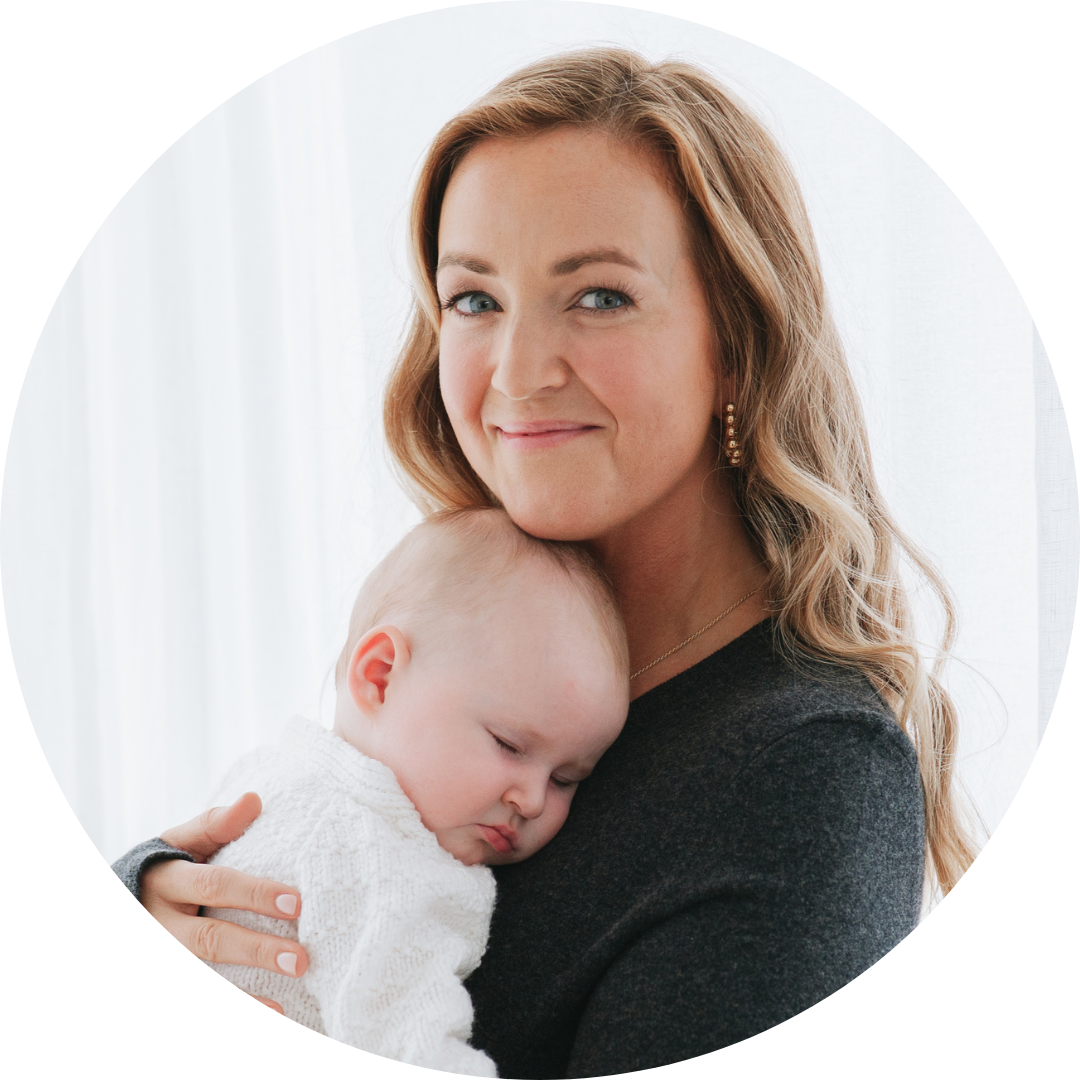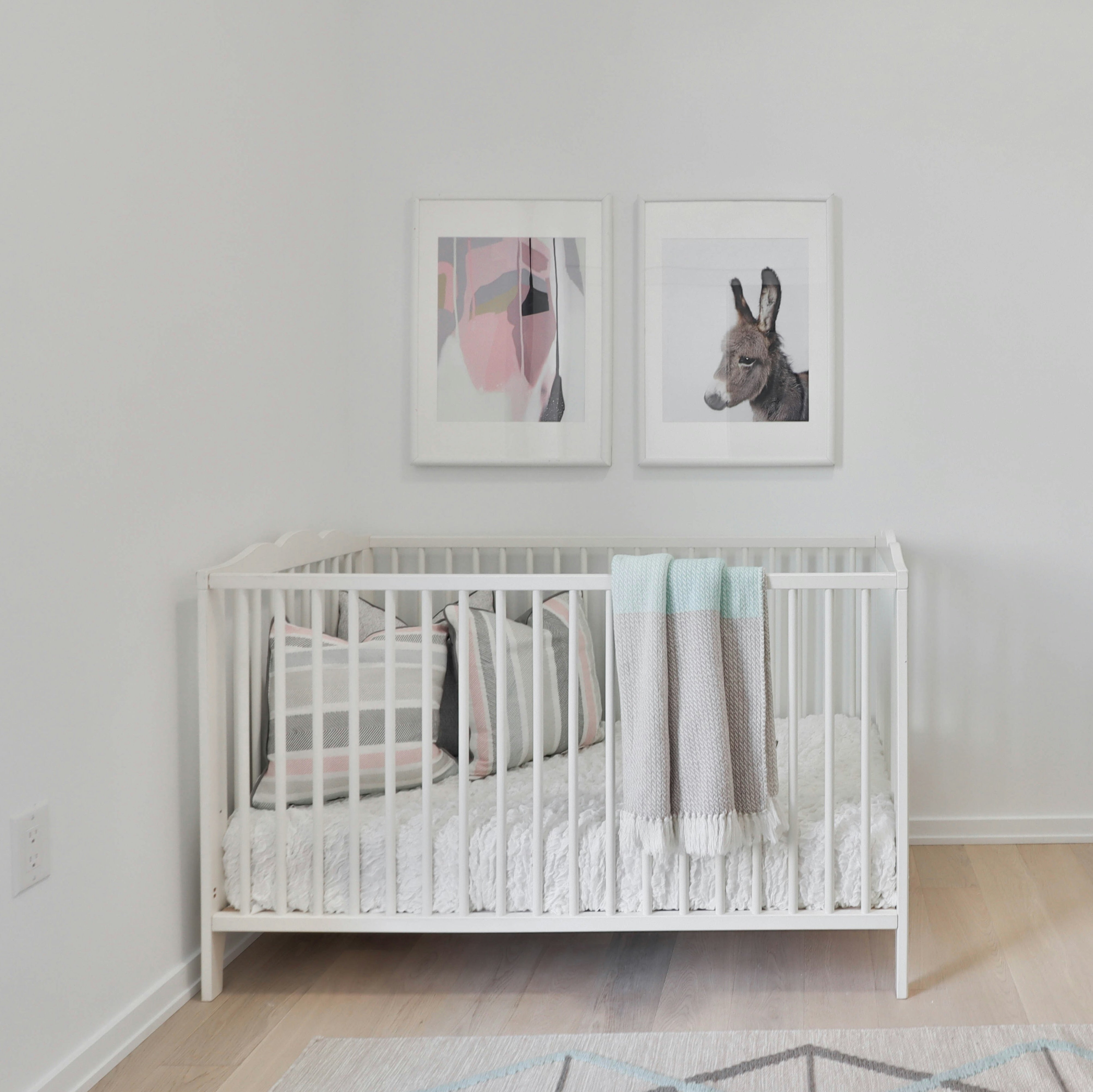Short naps are something that so many parents struggle with and can be incredibly frustrating! You've likely heard that a daytime routine is important and that long naps are key, but you just can't seem to get your baby past the dreaded 30-40 minute catnap. Arrrgghhh!
However, helping your baby learn to connect their sleep cycles and nap for longer in the daytime is absolutely something you can work on and improve. Here are six comprehensive strategies to help your baby take longer, more restorative naps.
Why long naps matter
Before diving into the strategies, it's important to understand why long naps are so crucial. Many parents say: "I don't mind the daytimes being a bit rubbish, I just need the night time sleep to get better!" But it's almost always the case that you can't improve night time sleep until the daytime sleep is working well.
There is certainly a range in sleep needs, and not all babies need to sleep for as long during the day as others do, but they will all follow a similar rhythm. Good daytime sleep can help prevent overtiredness, which is often the culprit behind night time wake-ups and early morning rising.
When I trained as a Sleep Consultant and started The Sleep Chief, it was during my son's predictable, two-hour daily naps. I know that beautiful things can come out of decent naps for YOU, as well as being so important for our babies. We are deeply passionate about bringing balance back to parenthood, and it isn't trivial to want to achieve long naps and have a break for yourself during the day.
1. Establish a consistent daytime routine
Firstly, it's essential to have an idea of when your little one should be napping and for how long. We don't want to be working really hard to extend a nap if actually, it's not beneficial for them to have a long nap at that time of day.
A consistent routine helps your baby's body clock adjust and anticipate sleep times, making it easier for them to settle and stay asleep. Your daytime routine should include set timings for: naps, feeds, meals, playtime and a bedtime routine.
2. Teach independent sleep skills
Most of the time, babies need to learn how to fall asleep independently before they can learn to fall back to sleep when they wake after a short nap. Perhaps your little one is able to settle themselves TO sleep in the cot, but they are still struggling with getting BACK to sleep, which is really common.
The best time to start trying and practicing independent sleep is at bedtime. Melatonin levels are the highest in the evening and our little ones have built up "sleep pressure" from being awake during the day. So, it's the time when they should be good and tired and with the least resistance.
Start by introducing self-settling at bedtime, then move onto naps once they've mastered bedtime. This sequential approach typically gives the best results as night time sleep is generally easier to work with first.
3. Choose and commit to a settling method
The two settling methods that we teach are either controlled comforting, where you will stay in the room with your little one, comforting and soothing whilst they stay in the cot; or, controlled crying where you will reassure your baby then leave the room and return at short intervals to reassure.
Staying in the room tends to work better with younger babies and having a bit more space is usually better for not overstimulating older babies and toddlers. Choosing a method and sticking to one method consistently works best. Whatever settling method you choose, be consistent with it across all sleep situations - bedtime, naptime, and night wakes that aren’t planned feed times.
Need a blueprint to follow?
Our Sleep Guides give you a step-by-step plan to follow to help your little one to become a great sleeper.
4. Optimize the sleep environment
Your baby's sleep environment being optimized for sleep is super important when it comes to extending naps. Here are the key elements to address:
Darkness: Is the room pitch black? If the room has light coming through, it is much harder for your baby to settle BACK to sleep when they stir after one sleep cycle. Invest in proper blackout solutions - this is one of the easiest fixes that can make a dramatic difference.
Temperature: Is the room temperature optimal? Babies sleep best in a room that's between 16-20°C (60-68°F). Check that they aren't waking because they've gotten too hot or too cold.
Comfort: Are they wearing a sleeping bag and the correct layers for the temperature? For cooler months, a pair of socks can help keep their extremities warm.
White noise: Do they have white noise playing continuously? This can help mask household sounds and create a consistent audio environment that signals sleep time.
5. Adjust nap schedule
Often parents who are struggling with short naps are being extra mindful with awake windows so that they can avoid potential overtiredness. But what can end up happening is that those short awake windows are not allowing enough "sleep pressure" to build in order to get a long nap happening.
A short nap is followed by a short awake window and then a short nap... and the cycle continues! So sometimes actually increasing your baby's awake time by 15-30 mins before their nap(s) is worth trying if you're currently stuck in this pattern.
6. Implement consistent re-settling
When your baby wakes after a short time, if they aren't crying, don't intervene immediately. Observe them on the baby monitor and just give them space and time to see if they will fall back to sleep by themselves. This includes if they are chatting, singing, or moving around. Give space for all of these behaviours.
If they are crying, attempt to re-settle using your chosen settling method. The key is consistency: re-settling each time they wake early from a nap. They usually will start by being resistant and struggling to re-settle. Then within days, they'll start to become receptive to being re-settled. And eventually, with more time, they'll start to extend their nap by themselves.
This process requires patience and persistence. Don't give up after just a day or two of trying. Cancel those lunchtime plans for a week or two if you're serious about getting long naps happening!
Planning your day after a short nap
Despite your best efforts, sometimes you'll still encounter short naps. Here's how to adjust your day when that happens:
If your baby has 3 naps a day:
• Bring that third nap a bit earlier than usual.
• Keeping it the same length as normal- do not ‘catch up’ the lost sleep on that nap.
• Then bring bedtime earlier too.
If your baby has one or two naps a day:
• You're better off bringing bedtime earlier instead of a third nap
• The earliest recommended for an early bedtime is 6pm
Extending naps isn't an overnight process - it takes consistency and patience. But the payoff is tremendous for both your baby's development and your own wellbeing. Remember that sleep is a skill that babies need to learn, and with the right guidance and consistency, most babies can master the art of taking longer naps.
Once you've got these areas working together, your baby's sleep can dramatically improve within days. There really is a formula to baby sleep, and with persistence, you'll find what works best for your little one.
Stick with it, and soon both you and your baby will be enjoying those precious longer naps!








